Just a story
From which does it come?
Rubber can be manufactured starting from a natural product: the latex which is the resin of a tree, the Hevea. By carrying out a notch in the bark of the trunk of the Hevea, one can collect this latex which resembles milk. The conquistadors, these Spanish adventurers who left to the conquest America at the 16th century, were very surprised to see the Aztec ones playing with balls which rebounded made starting from latex! The conquistadors, them, used it then especially to waterproof their clothing or to be made boots.
But when at the 18th century, Europeans wished to bring back to Europe this latex by boats, this one hardened with the air and arrived unusable. Several determining discoveries then will allow its use. First of all in 1768: it is observed that hardened latex placed in ether becomes again liquid. Then in 1839, Charles Goodyear discovers that sulphur makes it possible to fix the elasticity of rubber and removes a problem remained hitherto: rubber was a little sticking when the weather was hot and became very hard in winter.
Finally in 1843, Hancock finds that by soaking rubber in sulphur with 110 degrees c during more than one hour, rubber keeps its elasticity and that if this time is prolonged it hardens. One calls this process vulcanization.
Starting from this date, it is almost “the era of rubber”: one makes of boots, clothing, the stoppers… and the tires in great quantity!
The beginning of the 20th century will mark the era of the chemical manufacturing of rubber; Faraday shows in 1826 that rubber can be manufactured starting from oil.
Did you know? The Maipas Indians, who used this latex, spoke them about the “cahutchu” to say “wood which cries”: the natural latex was obtained by incising the bark of the tree, which let see like a large tear on the trunk.
Since when rubber does exist?
“Tear of tree”, such is the Indian origin of the word rubber. This liquid blanchâtre also called latex is the sap of an Amazonian tree, the hevea. It runs out starting from an incision in the bark of the tree, then hardens and blackens with the air. The Indians coated the feet and thus obtained custom-tailored boots with them. Its use in a rough state is however limited because the latex cracks and becomes quickly too rigid. But by making it boil with suffers, it becomes hard and resisting while keeping its elasticity. Such is the discovery of the Goodyear American to the XIX ème century. A few years later, the Dunlop British imagines to use this rubber known as vulcanized as an envelope filled with air which surrounds the wheels. Rubber takes its rise then and massively becomes used in the new means of transport. The trees do not satisfy any more the current request. The chemists found how to synthesize it. The synthetic rubber covers today 60% of the worldwide production of rubber
Source: espace-sciences.org
> Some Links
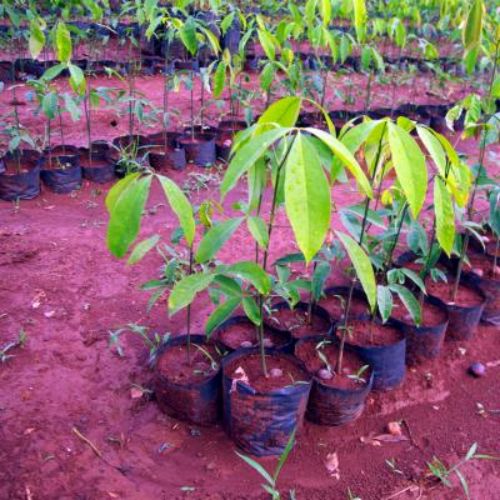
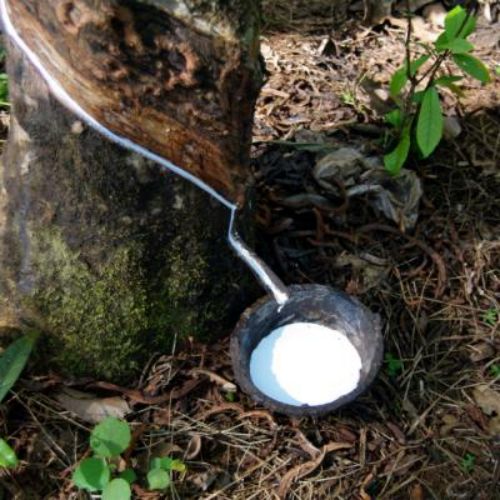
.jpg?t=3a8f5902_468a1f58)
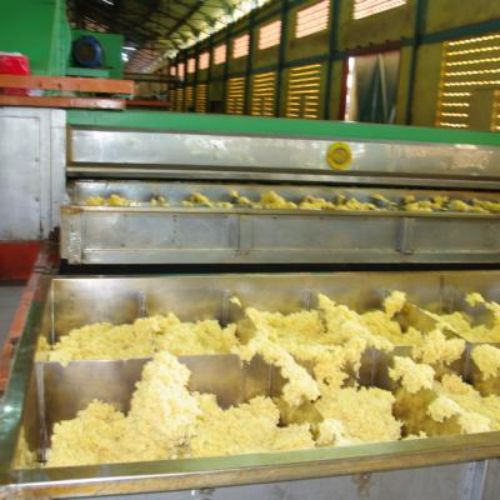
.jpg?t=3a8f5902_468a1f58)
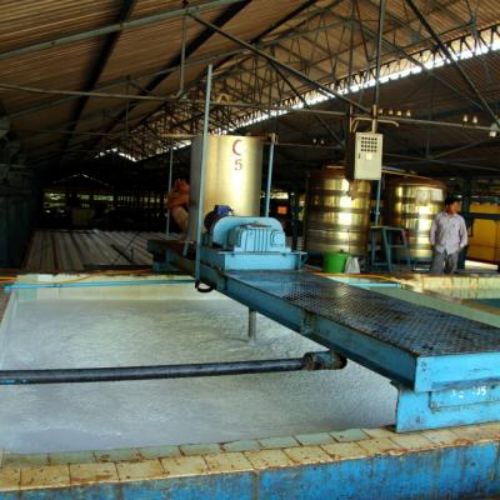
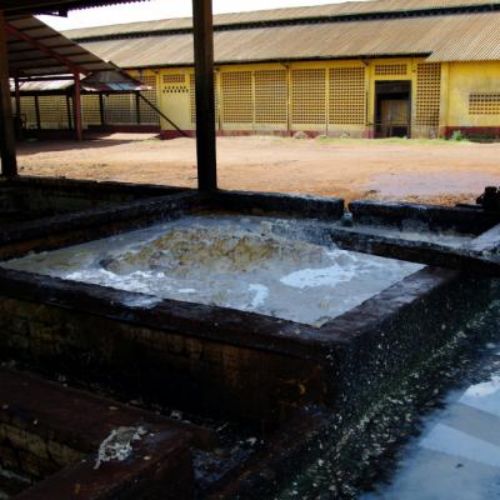
.jpg?t=3a8f5902_468a1f58)
.jpg?t=3a8f5902_468a1f58)

.png?t=)
_(1).png?t=)
.png?t=)